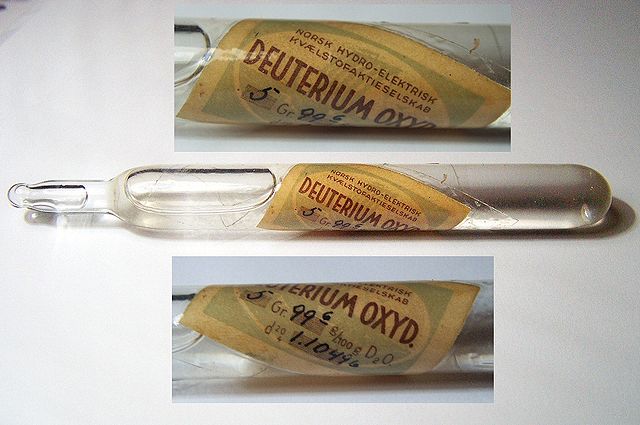German nuclear program during World War II
Nazi Germany undertook several research programs relating to nuclear technology, including nuclear weapons and nuclear reactors, before and during World War II. These were variously called Uranverein or Uranprojekt. The first effort started in April 1939, just months after the discovery of nuclear fission in Berlin in December 1938, but ended only a few months later, shortly ahead of the September 1939 German invasion of Poland, for which many notable German physicists were drafted into the Wehrmacht. A second effort under the administrative purview of the Wehrmacht's Heereswaffenamt began on September 1, 1939, the day of the invasion of Poland. The program eventually expanded into three main efforts: Uranmaschine development, uranium and heavy water production, and uranium isotope separation. Eventually, the German military determined that nuclear fission would not contribute significantly to the war, and in January 1942 the Heereswaffenamt turned the program over to the Reich Research Council while continuing to fund the activity.

The German experimental nuclear pile at Haigerloch (Haigerloch Research Reactor) being disassembled by American and British soldiers and others in April 1945
Atomkeller in Stadtilm
Farm Hall, Godmanchester
Heavy water is a form of water whose hydrogen atoms are all deuterium rather than the common hydrogen-1 isotope that makes up most of the hydrogen in normal water. The presence of the heavier isotope gives the water different nuclear properties, and the increase in mass gives it slightly different physical and chemical properties when compared to normal water.
"Heavy water" made by Norsk Hydro




